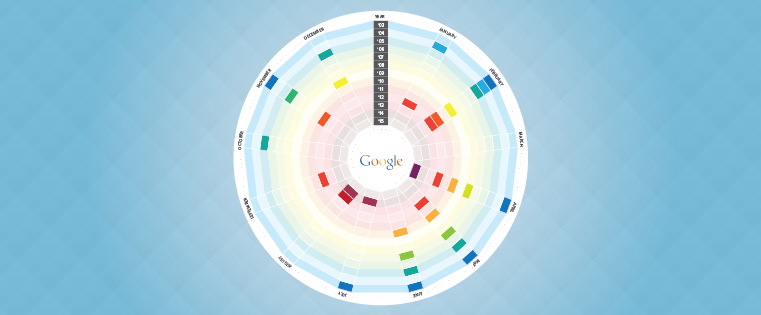In the early days, Google's search engine wasn't nearly as powerful or accurate as it is today. I'm talking back in the late 90s and early 00s, when search engines were little more than keyword-matching and link-counting machines. Ranking highly in search results could be accomplished by essentially using a simple, two-step procedure:
- Step 1: Stuff your keyword phrase into your website as many times as possible.
- Step 2: Get as many gosh-darn inbound links as you possibly could.
For those early "SEO gurus" who gamed the system -- achieving high rankings while adding little value for actual searchers -- the fun wouldn't last. Every time Google found a weakness in its ability to deliver relevant, high-quality search results, they made fixes to address it.
One of the more recent Google search algorithm "fixes" was a mobile-friendly update, which put more emphasis on a website's mobile-friendliness as a ranking factor for searches from a mobile device. The aftermath of this update was informally dubbed "Mobilegeddon."
To make sure your site is optimized for Google's algorithm update, download our free guide, How to Make a Mobile-Friendly Website.
Curious how the latest change stacks up against previous Google algorithm changes? To give you a snapshot of all of the major changes that Google has implemented over the years, we teamed up with Moz to create the infographic below.
A History of Google Algorithm Updates
Share This Image on Your Site


Share This Image on Your Site
Want to learn more about search, we have a free SEO training course that you can take. Which change do you think has had the biggest affect on SEO? What do you think Google's next big update will be? Let us know your thoughts in the comments section below.
Editor's Note: This post was originally published in February 2014 and has been updated for accuracy and comprehensiveness.
Google Updates








